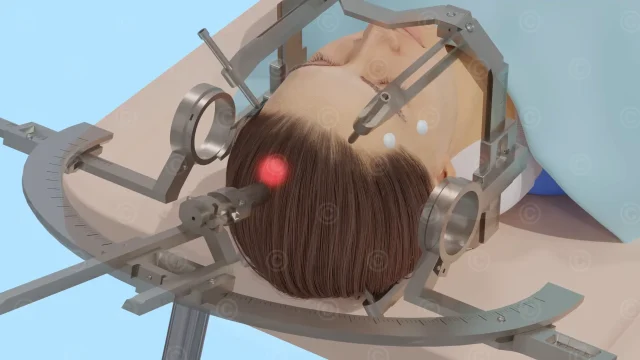Workflow animation project
Through our many years of experience in the creation of medical animations, an ideal workflow has crystallized over time for many projects (best practice).
Depending on the project, the production steps described below may of course slightly differ, but in many cases it is very helpful to follow them.



Home » Portfolio » Medical Animation » Project phases of medical animations
1. Content description
In this phase, the content of the film is defined in textual form and designed in terms of the target audience of the animation and the core message. The script describes the planned film in its chronological sequence and ideally defines what which element does in which scene. Based on this script, the textual elaboration for any subtitles or voice-overs can then take place.
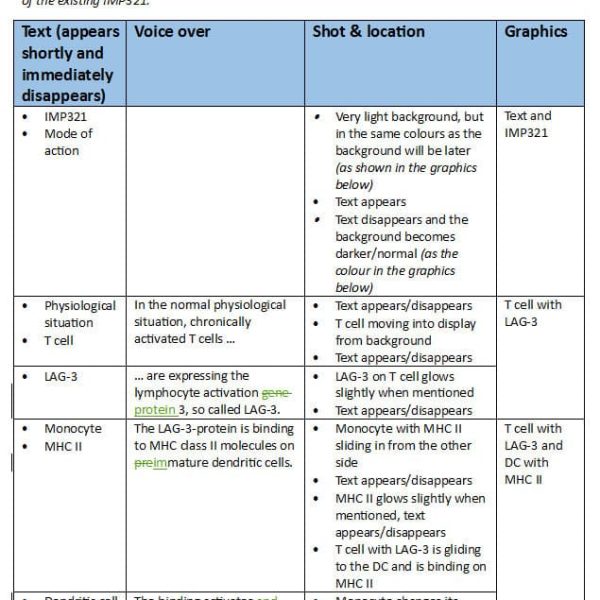
2. Storyboard
In the next step, the script for the sequence and the texts for subtitles/voice recordings are transferred into a drawn storyboard. This translates the content of the planned film into and visual language. It is not uncommon for inconsistencies to appear in the sequence, such as thematic jumps, too frequent changes in the narrative perspective, etc. With such a storyboard, such inconsistencies can be communicated and resolved at an early stage of production.

3. Look and design
Based on the planned look of the 3D animation, the required 3D models of the devices, organs, cell components, etc. used are created in this step and approved with the client. Hereby the correctness of the representation as well as the desired “look” is communicated and finally determined.
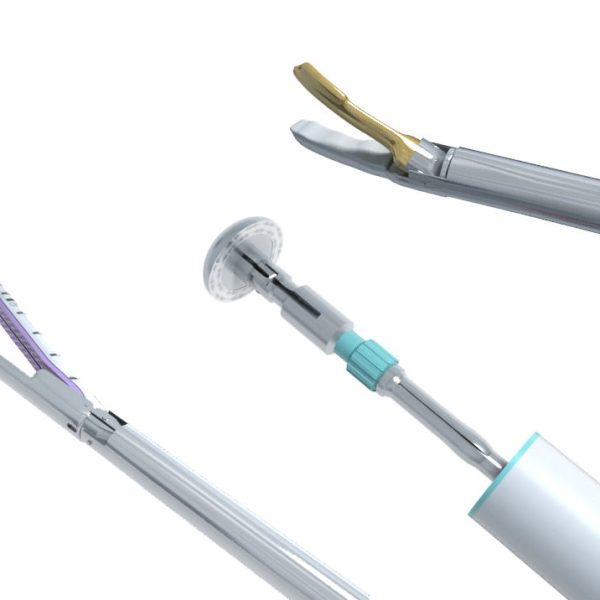
4. Layout-Animation
In the layout phase that follows, the required animations and scenes are created and cut together in a rough preview quality to form a film. This allows the sequence of scenes, the flow and the “timing” of the film to be assessed very well. Ideally, the texts or voice recordings are available at this stage, so that the image/sound correlation can also be coordinated here.
A layout animation makes content-related ambiguities or problems with the scene arrangement visible, which would make it difficult for the viewer to understand the film. Due to the short calculation times of such a layout animation, however, adjustments can still be made easily at this stage, thus preventing later corrections to the finished film. At the end of this production step, the film is complete in terms of content, but its visuals have not yet reached the final quality.
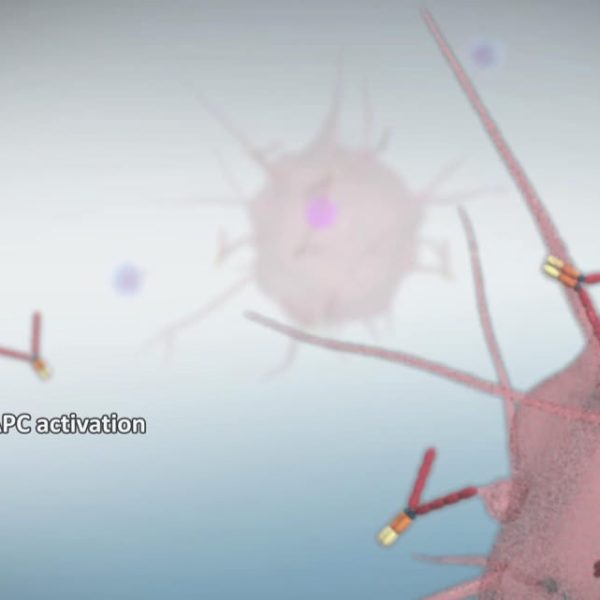
5. Rendering and Post-Production
In the final step, the scenes are “rendered”, i.e. calculated in final image quality on various computers. This process can take some time depending on the length of the film, resolution, visuals and complexity of the animation. For example, a three-minute animation requires the calculation of 4500 frames, although this number is often much higher due to the use of render elements or the separate calculation of scene components. In the final step, the individual image elements, such as shadows, image masks, depth information, etc., were assembled in what is known as compositing/post-production and cut together with the text inserts or voice recordings to form the final film.

Info medical animations:
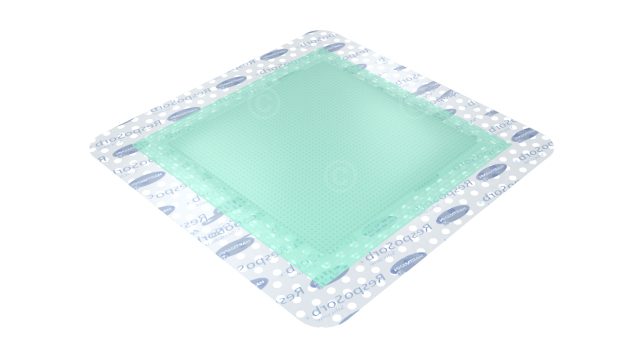
Use cases medical animation
We show some examples where the use of medical animations can be helpful.

Request medical animation
Here you will find a number of preliminary questions whose answers will help us in assessing a request.

